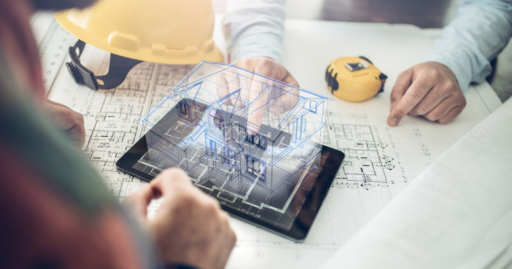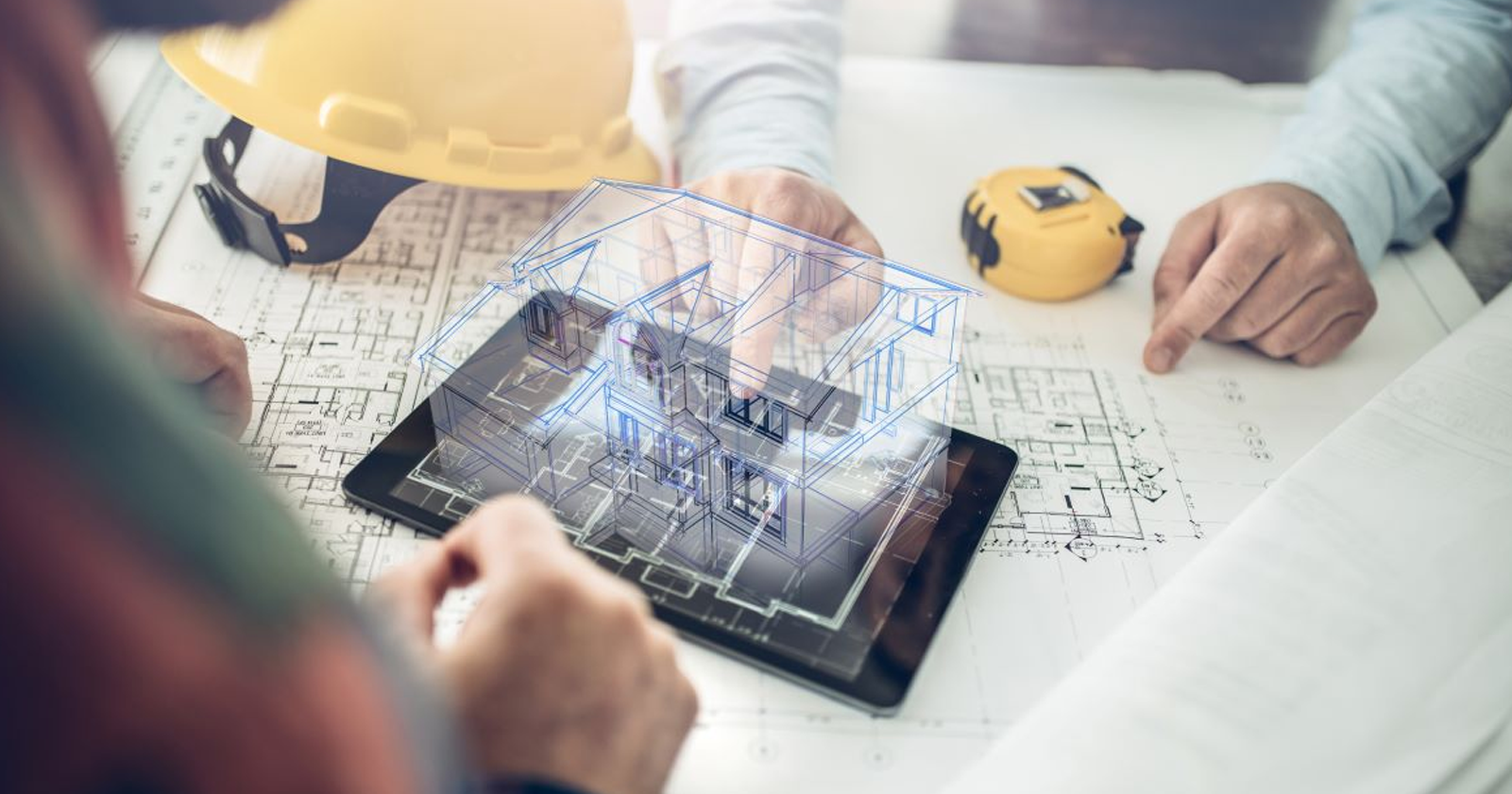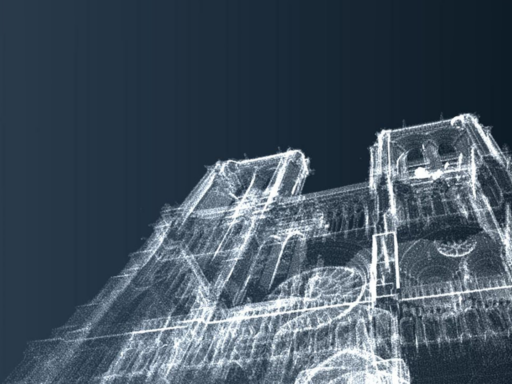Building Information Modeling (BIM) is a highly collaborative process that allows construction professionals to plan, design, and construct a structure or building within one 3D model.
What can you do with BIM?
With BIM, you can create a virtual model of a building or infrastructure project, integrating all the necessary information and data into a single digital platform. This allows for better collaboration, improved decision-making, and increased efficiency throughout the entire project lifecycle.
BIM Benefits
- Improved collaboration: BIM enables different stakeholders to work together in a coordinated and collaborative manner, reducing errors and improving communication.
- Better decision-making: With BIM, you can visualize the project in 3D, allowing for better decision-making and problem-solving during the design and construction phases.
- Increased efficiency: BIM streamlines the entire project lifecycle, from design and construction to operation and maintenance, leading to increased efficiency and cost savings.
- Reduced errors and rework: By detecting clashes and conflicts early on in the design phase, BIM helps to minimize errors and rework, saving time and money.
- Enhanced communication: BIM facilitates clear and effective communication between all project stakeholders, ensuring that everyone is on the same page and working towards a common goal.
With BIM, you can have a comprehensive and accurate digital representation of your project, allowing you to make informed decisions, optimize resources, and minimize risks.






